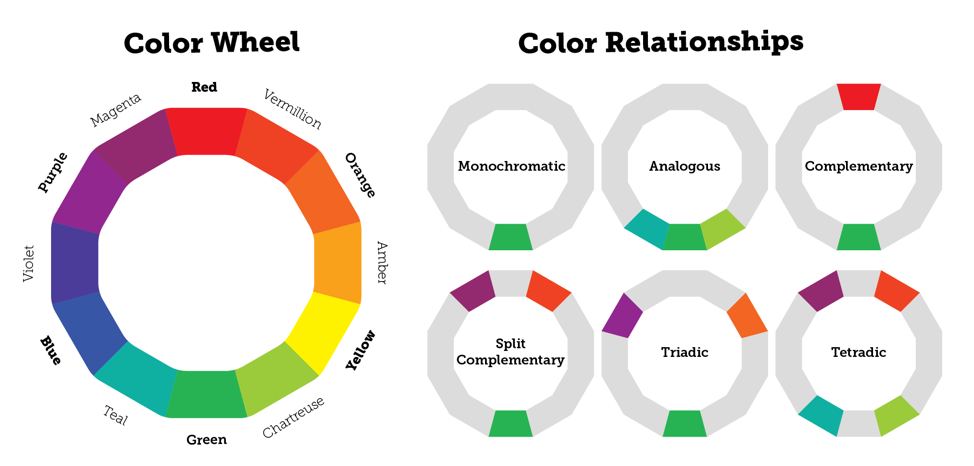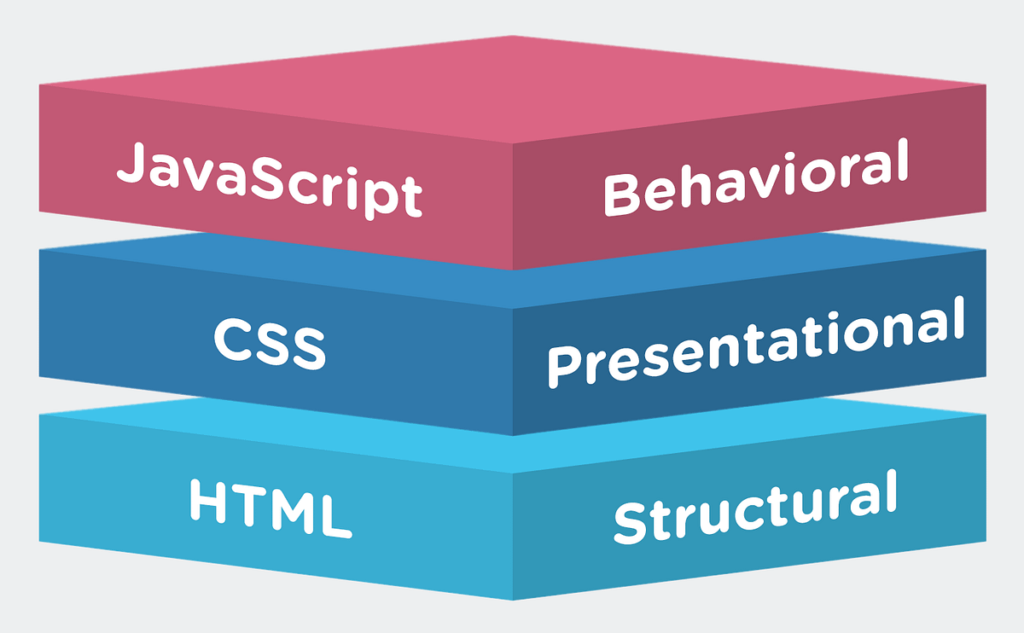Did you know that color psychology plays a significant role in website design and development? Studies have shown that colors can evoke emotions, influence user behavior, and even impact brand perception.
Creating a visually appealing and user-friendly website goes beyond aesthetics. Choosing the right color scheme is crucial for establishing a brand identity, enhancing user experience (UX), and ultimately, driving conversions.
However, what if users want to personalize their experience by choosing their preferred color scheme? This is where the power of CSS and a touch of JavaScript come into play. Here, we’ll delve into techniques for setting and persisting user-defined color scheme preferences for dynamic website design and development.
Setting the Stage: CSS Variables for Color Schemes
CSS variables offer a powerful and flexible way to manage color schemes within your website design and development. By declaring variables for core colors, you can easily reference and update them throughout your stylesheet, promoting maintainability and consistency.
Here’s an example of how to define primary and secondary color variables:
CSS
:root {
--primary-color: #007bff;
--secondary-color: #ffc107;
}Now, you can utilize these variables to style various elements on your website:
CSS
.button {
background-color: var(--primary-color);
color: white;
}
h1 {
color: var(--secondary-color);
}This approach provides a solid foundation for managing your website’s color scheme. However, how can we incorporate user preferences for a more dynamic website design and development experience?
Enter JavaScript: Enabling User Choice
JavaScript allows us to interact with the Document Object Model (DOM) and manipulate website elements dynamically. We can leverage this capability to create a user interface for selecting a preferred color scheme and then update the underlying CSS variables accordingly.
Here’s a basic example:
HTML
<select id="color-scheme">
<option value="default">Default</option>
<option value="blue">Blue Theme</option>
<option value="green">Green Theme</option>
</select>This code snippet creates a dropdown menu with pre-defined color schemes (default, blue, and green). Now, let’s use JavaScript to capture the user’s selection and update the CSS variables:
JavaScript
const colorSchemeSelect = document.getElementById('color-scheme');
const updateColorScheme = (scheme) => {
document.documentElement.style.setProperty('--primary-color', scheme === 'blue' ? '#007bff' : '#28a745');
document.documentElement.style.setProperty('--secondary-color', scheme === 'blue' ? '#ffc107' : '#ffc107'); // Update secondary color for blue theme (optional)
}
colorSchemeSelect.addEventListener('change', (event) => {
updateColorScheme(event.target.value);
});
// Set the initial color scheme on page load (optional)
updateColorScheme(colorSchemeSelect.value);This code defines a function updateColorScheme that takes the chosen scheme as input and updates the corresponding CSS variables. The event listener attached to the dropdown menu triggers this function whenever the user selects a new scheme, dynamically altering the website’s color scheme.

Persisting Preferences: Local Storage for Lasting Impact
While the previous example demonstrates dynamic color scheme switching, wouldn’t it be even better if user preferences persisted across sessions? This is where Local Storage comes in.
Local Storage allows you to store data on the user’s device, enabling you to retrieve and utilize it during future website visits. Here’s how we can adapt our JavaScript code to persist the chosen color scheme:
JavaScript
const colorSchemeSelect = document.getElementById('color-scheme');
const updateColorScheme = (scheme) => {
localStorage.setItem('preferredColorScheme', scheme);
document.documentElement.style.setProperty('--primary-color', scheme === 'blue' ? '#007bff' : '#28a745');// Update secondary color based on scheme
}
const preferredScheme = localStorage.getItem('preferredColorScheme');
if (preferredScheme) {
colorSchemeSelect.value = preferredScheme;
updateColorScheme(preferredScheme);
}
colorSchemeSelect.addEventListener('change', (event) => {
updateColorScheme(event.target.value);
});This enhanced code retrieves any existing color scheme preference stored in Local Storage upon page load. If a preference exists, it sets the dropdown menu selection and updates the color scheme accordingly. Additionally, whenever the user selects a new scheme, the code updates both Local Storage and the website’s styles.
Advanced Considerations while Website Design and Development
The techniques explored above provide a solid foundation for implementing user-defined color schemes. However, for a more robust website design and development experience, consider these additional factors:
- Multiple Color Schemes: Instead of pre-defined options, allow users to customize individual colors through color pickers or sliders.
- Accessibility: Ensure all color combinations meet accessibility guidelines (WCAG) for optimal user experience, particularly for individuals with visual impairments. Tools like WebAIM’s Contrast Checker can help evaluate color contrast.
- Theming System: For complex websites, consider developing a comprehensive theming system that goes beyond color schemes. This allows for broader customization options such as typography, layout variations, and iconography.
- Framework Integration: Many popular CSS frameworks like Bootstrap and Materialize offer built-in utilities for managing color schemes. Explore their functionalities to streamline your website design and development process.
Also Read: Ecommerce Website Design and Development & Increased Sales
Conclusion
By leveraging CSS variables, JavaScript, and Local Storage, you can empower users to personalize their website experience by selecting their preferred color scheme. This approach not only enhances user engagement but also showcases the dynamic potential of modern website design and development techniques. Remember, prioritizing user preferences through interactive design elements can significantly contribute to the overall success of your website.
Here are some additional benefits of implementing user-defined color schemes:
- Increased User Satisfaction: Empowering users with control over their experience fosters a sense of ownership and satisfaction.
- Improved Brand Recall: Allowing users to personalize the color scheme can strengthen brand recognition by associating specific colors with your website.
- Enhanced Accessibility: Providing options for high-contrast themes can improve accessibility for users with visual impairments.
By incorporating these techniques into your website design and development efforts, you can create a more user-centric and dynamic website experience that caters to individual preferences and promotes user engagement.



